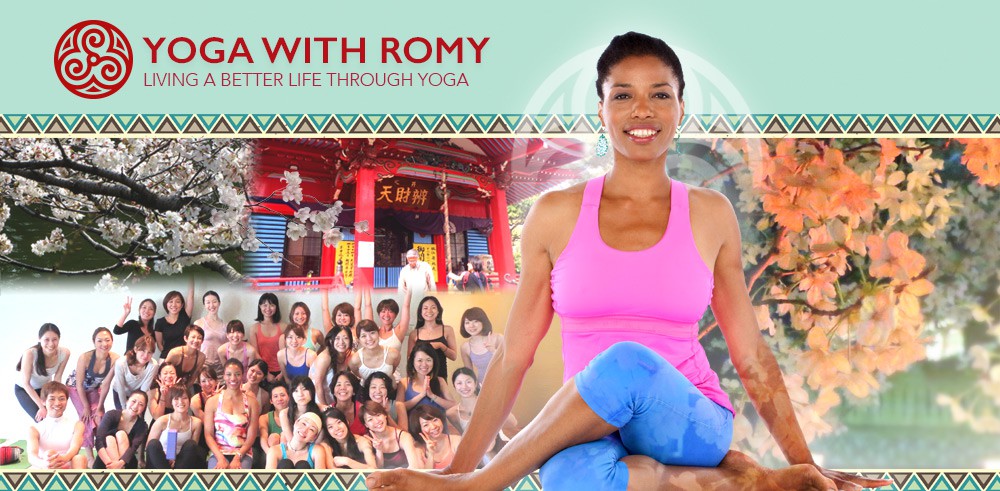The Los Angeles County Museum of Art has a modest but impressive permanent collection of Southeast Asian Art featuring an assortment of statues, paintings and objects. I organized a trip to visit the galleries with my students on February 8, a week after our hike in Solstice Canyon.
Andrea Wagner, a docent at the Museum, who is also a yoga teacher, agreed to lead the tour. She gave us a special lecture on the objects and the stories associated with the many incarnations of Vishnu, Bhudda, Shiva and other gods in the Hindu pantheon. In addition, we gained valuable insight on the dancing bhodisattvas, lacquered chests, paintings, and golden reliquary figures on display in mysteriously darkened earth toned rooms.
I arranged the outing because I felt it was important for my students to have a contextual experience with the many objects associated with yoga. We are typically exposed to the physical aspects of yoga and perhaps some Indian music in class or through kirtans. Yet, we rarely have the opportunity to delve deeper into the meaning of the images and objects unique to yoga that we often take for granted. We have seen many statues of a graceful dancing Shiva (Nataraj) or a plump Ganesh in a yoga studio, but do we really know what these objects signify?
For example, Nataraja, “Lord of Dance” is an incarnation of Shiva–the circular frame of fire surrounding the Lord, represents him as the source of all movement within the universe. Some other iconographic pictorial elements would include the following: the snake around his waist is Kundalini, the Shakti or divine force thought to reside within everything. In his right hand is a small drum (damaru) exemplifying the sound, which is the origin of creation or the beat of the drum that is the passage of time. The upper left hand contains Agni (fire), which personifies destruction. These opposing concepts in Nataraja’s upper hands show the balance of creation and destruction of the fire of life. There are many other emblematic details associated with this figure alone. After taking a closer look at the other statues in the galleries, we can be reminded of that a stance, the position of an arm, a hand gesture (mudra) or even the rendering of the shells on Buddha’s head—are all so rich with allegorical relevance.
One of my ongoing projects has been to reinforce a deeper understanding of the cultural history of yoga. My students said they really appreciated the trip and said we all agreed that we would like to do this again.
After the tour, a few of us enjoyed a tasty meal of vegetarian food at a nearby Ethiopian restaurant, Meals by Genet, a nice finale for our artistically stimulating evening.










